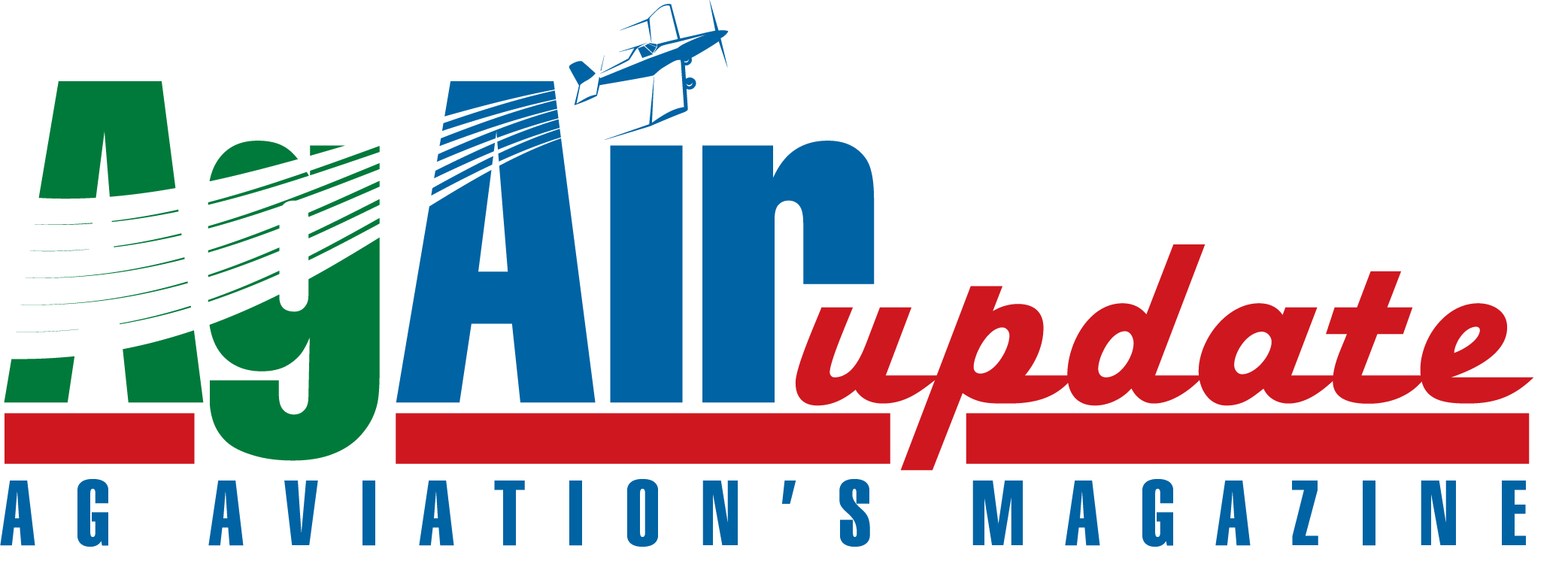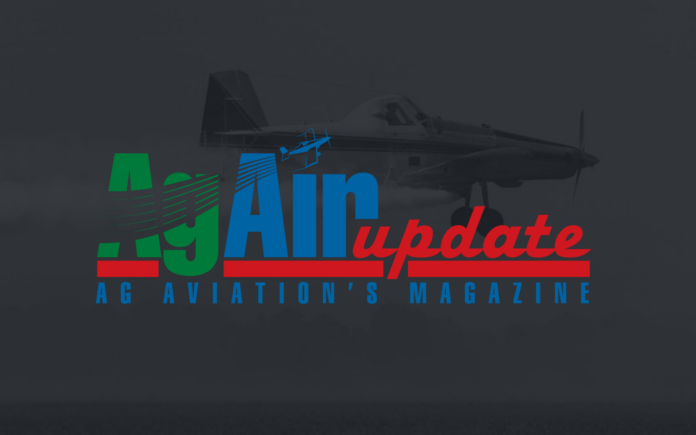Of the many issues ag aviation presents to pilots, the seemingly never-ending changes to the day-to-day (and hour-to-hour) operations make this line of work incredibly challenging. Rapidly changing weather, crop type and stage of growth, runway length and type, temperature, humidity, wind velocity, pilot experience, and obstacles all make for a moving scenario where risk management is one of the many keys to success.
This is even more important when you consider the consequences of miscues, poor judgments, or outright mistakes, so a successful career in ag aviation involves a continued learning curve in how to get the job done safely and effectively.
That core idea of continued learning formed the basis for this column. It came about while I was discussing with a colleague of mine the predicted performance of a brand new Thrush 510P2 fitted with a four-bladed prop and a 750 SHP Pratt and Whitney powerplant. He had previously flown a Pawnee, followed by a Turbo Brave to build up turbine time. The standard load for the Brave was 225 gallons, and we discussed the standard load for the new aircraft. (By standard load, I mean the maximum which would be used for the majority of trips).
My colleague had ferried the new Thrush from the factory in Georgia back to Saskatchewan, dodging thunderstorms and other inclement weather all the way back. Over the eight-hour ferry, he had time to become accustomed to the new aircraft’s layout and empty load performance. The question then became, what load size should he use once the spray season started?
The easy answer is, start light and go gradually from there. This is especially true when viewed in terms of the overall experience of a pilot and, just as important, his time on type. But as with many things, there is much more behind the ‘easy answer’ than first meets the eye.
Know the Rules
I am not a particular fan of bookwork – I want to fly – but I know that hitting the books makes for smoother sailing in the cockpit, so hang in there with me. We need to know the theory that forms the foundation of successful operations well enough to be incorporated into daily operations. As a very experienced ag pilot once told me, you must know the rules well enough to interpret them intelligently when necessary.
What theory, you may well ask? Let’s start with some basic theory of flight based on Sir Isaac Newton’s Laws of Motion. He was one of the brightest dudes that ever lived. I call him Sheriff Newton because the laws of motion he developed govern how we calculate almost everything we see in daily life involving moving objects (cars, aircraft, spaceships, ocean liners, satellites, etc.), so their importance cannot be underestimated.
Sheriff Newton’s Laws
Newton’s First Law, also known as the Law of Inertia, states that if a body is at rest or moving at a constant speed in a straight line, it will remain like that unless an external force is applied. A parked aircraft goes nowhere unless towed, pushed, or thrust is applied from the propeller. If you’ve ever tried to move a fully loaded ag aircraft by hand, you know full well that it has a lot of inertia and doesn’t want to move.
The critical question is, how does performance vary with changes in overall weight (I use the term weight interchangeably with mass, which, although not strictly correct, is good enough for ag pilots).
This is where the Second Law comes in, stating when an external force is applied to an object – the pushing, pulling, or thrust mentioned before – the aircraft will move in the direction of that force with an acceleration inversely proportional to changes in weight, i.e., double the weight, halve the acceleration.
Increased gross weight will affect takeoff performance in three ways:
- Higher lift-off speed
- Greater mass to accelerate.
- Increased retarding force (drag and ground friction)
Rules of Thumb
In an ag aviation operation, you don’t have time to calculate the exact acceleration you can expect according to the application of Newton’s Laws of Motion. So a good rule of thumb is that a 10% weight increase will make for a 20% longer takeoff roll and a 5% increase in takeoff speed.
Also, remember that adding weight when an aircraft is heavy has a much more significant effect proportionately than when lightly loaded—the same as when we’re in the Ag Pilot’s gymnasium pumping iron like Arnold. Adding a few pounds at the beginning is one thing. Adding the same weight when we’re near the max could cause a blown gasket.
Here’s one example that could have ended poorly. I was flying a Thrush S2R from a farmer’s dirt strip 3500 feet long and had been using 360 gallons as an average load.
All was going well until the ground crew accidentally filled the hopper to 400 gallons, which resulted in a weight increase of around 333 lb, i.e., only about 5% overall, going from 6500 lb to 6833 lb due to the additional weight in the hopper.
As we didn’t have an easy method of unloading the hopper, I thought to give it the old college try. During the taxi, I noticed the aircraft was definitely more challenging to move than at the 360-gallon level. Same when I went to push up the power for takeoff when the aircraft felt like the proverbial dog.
I had previously chosen a point on the strip for an acceleration check, at which point the tail should be airborne. It wasn’t – which I must say greatly surprised me – and I subsequently aborted the takeoff. Needless to say, we spent a few minutes unloading the hopper to 360 gallons.
The theory was there, but I wasn’t listening. Sometimes it feels like Sheriff Newton is working against us, making things a lot harder than it should be. But the law is the law, and you’d better follow it unless you want to end up in Sheriff Newton’s jail.





